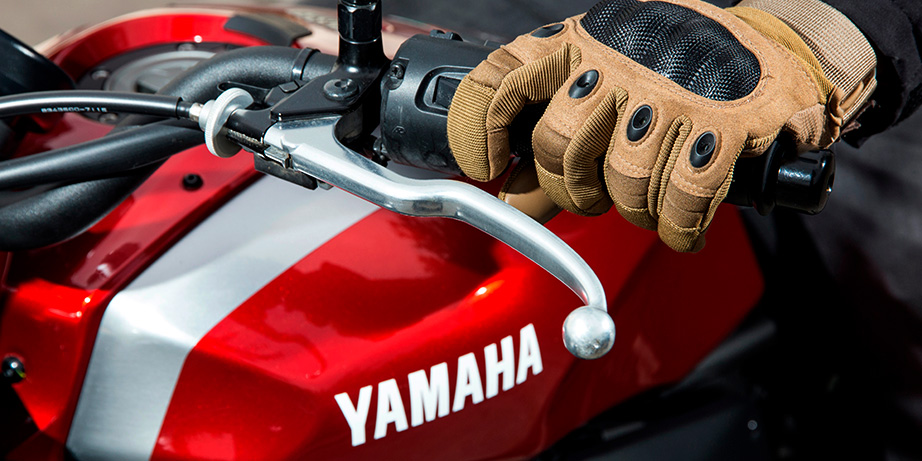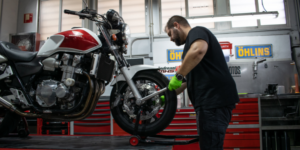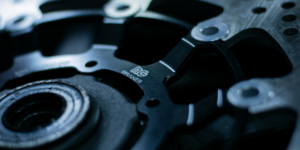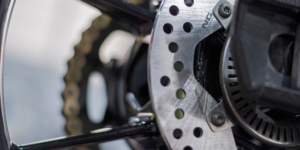In a previous article we made a small introduction of Japan as the birthplace of the Big Four, the four great Japanese motorbike brands that mark the history and development of motorbikes in the world. Now we will detail some data and curiosities about these companies that have given an unprecedented technological value to the two-wheel sector. Today, we will talk about Yamaha.
Behind each of these brands there is a founder, a character whose vision and tenacity carved out the future of these current mega-corporations. Yamaha’s story is one of the most unique in the industry. In its origins, Torakusu Yamaha (1851-1916), the founder of the brand, was a prestigious craftsman who built musical instruments (piano and shamisens). His beginnings are reflected in the tuning forks of the brand’s logo. His skill in treating wood made him a skilled specialist in the propellers of the war planes of the time.
Genichi Kawakami was President of the Yamaha Corporation from 1950 to 1977, and again from 1980 to 1983 and is credited with Yamaha’s international success.
The first motorbike manufactured by the brand was produced in the Nippon Gakki factory (now Yamaha Corporation). The machining facilities used in the production of metal aviation propellers were used to develop this motorbike and it was the Yamaha YA-1. It differentiated itself from the competition, which used almost only the colour black for its products, by painting its YA-1 model in two combined colours, cream and reddish brown, which gave rise to its nickname Aka-tombo (in English “red dragonfly”).
Its link to the world of competition, and especially to the speed categories, leaves us with such illustrious names as Giacomo Agostini, Johnny Cecotto, Kenny Roberts, Wayne Rainey, Randy Mamola, Jorge Lorenzo and Valentino Rossi. In 1979, Cyril Neveu won the first edition of the Paris Dakar Rally with a Yamaha XT500. But if there is one name that stands out in Paris Dakar competitions, it is Stéphane Peterhansel, who won six times with a Yamaha YZE750T. In 1973, the RD 350 was released, the first street bike to install a leaflet intake system. A year later, Yamaha revolutionised the world of motocross by implementing a single rear shock absorber. These were the beginnings of the monoshock system.
In 1983, the XT600 Ténéré was born, which was a modified version of the off-road model produced by the XT600. It soon became the natural choice of many racers in Paris-Dakar and in a very short time 61,000 copies of this mythical model were sold, making it possible to emulate the adventure symbolised by the Paris-Dakar. The Yamaha FZ 750 was presented at the IFMA show one year later, in 1984, and became the first motorbike to be fitted with a five-valve engine with over 100 cc.
In 1995, Yamaha launched the Majesty 250. This is the scooter that triggered the unprecedented boom of the “big scooter”. The high quality design and comfort on board established the Majesty as a leader in the big scooter category.
The TMAX conquered the market with a great revolution in 2001. A revolutionary scooter with a 500 cc twin engine that presents the driving behaviour and performance of a motorbike.
The launch of the world’s first 3-wheeled tilt bike, the NIKEN, in 2018, demonstrated Yamaha’s commitment to innovation. In addition to its high performance, NIKEN’s futuristic design and “premium” specification opens up a new dimension in terms of riding control.
For more information, to see their new products or to follow Yamaha’s news, you can visit their website here.







